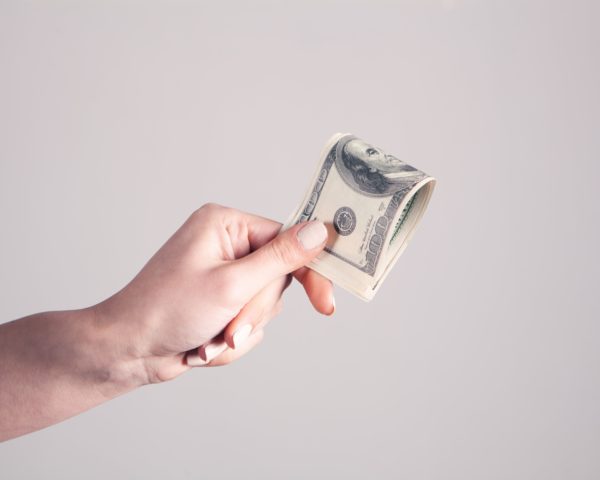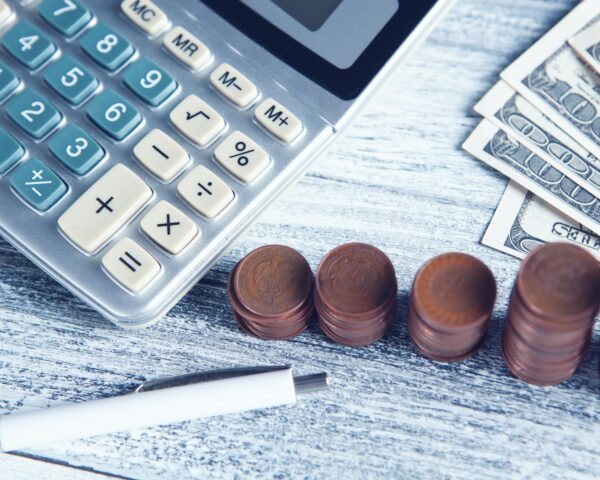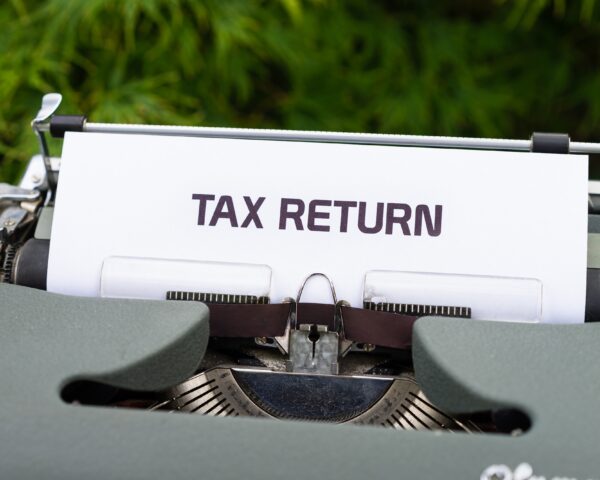For many start-up businesses, VAT registration looms in the distance. Something which will need to be done at some point when the Company’s revenue increases. A nice problem to have down the track… It’s a good idea to know the score on the following:
a) How VAT returns work
b) The rules about when you have to register
c) The pros and cons of potentially registering earlier
What is VAT? – Ok quick refresher, it’s sales tax which you have to add on top of the sales of some goods and services. This needs to be reported and paid over to HMRC via the submission of a VAT return. Once you have VAT registered, you can then also reclaim VAT on any purchases you have made. The standard rate of VAT is 20%, some goods and services have a reduced rate or a zero rate of VAT.
How does the VAT return work? Usually a business will file a VAT return on a quarterly basis. The VAT return is a summary of:
1) The VAT on sales for that quarter – which you owe to HMRC
2) The VAT on purchases for that quarter – which HMRC owe you
The return will show a net figure, this could be an amount you owe or an amount you will be due to receive (depending on whether your sales or your purchases are higher for the quarter).
What are the timelines? You get 1 month and 7 days after the end of the VAT quarter to file your return, and pay any VAT you owe. For example, if I need to file my VAT return for the quarter ending June 2022, I have until the 7th August 2022 to submit this to HMRC.
How do I submit the return? You may have heard of MTD (Making Tax Digital). This is HMRC’s project to move everyone across to submit taxes digitally. At PennyBooks we’re a Xero partner, and Xero makes VAT beautifully easy! All you need to do is complete the bookkeeping, and the reconciliation for that quarter in Xero, then you click a couple of buttons and the return is automatically submitted to HMRC. You can see all of your previous returns, and the detailed transactions included.
Do I need to keep invoices? Short answer is yes. You should have a VAT invoice to support the VAT paid across on any income; and likewise you need invoices to support any VAT you are reclaiming on purchases. If HMRC ever did an audit, they may ask to see invoices. At PennyBooks we use Dext which connects to Xero, and it’s a really easy way to bring your invoices/ receipts into Xero so everything is in one place.
When do you need to register for VAT? You only need to register when you cross the ‘VAT threshold’. This means that you have VAT taxable turnover of above £85,000 in the last 12 months, or you expect your VAT taxable turnover to go over £85,000 in the next 30 days.
You can do a ‘voluntary registration’ where you choose to register earlier. To work out whether this is a good idea, you need to look at your customer and cost profiles.
For example, if all of your customers are big corporate entities who are all VAT registered themselves – then there is no barrier to registering earlier. Once you register you will need to add VAT onto your sales invoices, but your customers can all reclaim the VAT so they will not be bothered. That means you can start to reclaim the VAT on your costs. If your costs are minimal, you might not think it’s worth the faff. Just remember once you are registered you have an extra quarterly ‘touchpoint’ with HMRC.
Small customers or B2C business – If your customers are consumers who are not likely to be VAT registered, it’s usually best to wait until you reach the threshold. In this scenario, once you register you’ll need to add the VAT onto your sales and pay this across to HMRC. You may find that you can’t increase your sales price, so this may just eat into your profits.
Flat rate scheme – This is another option worth considering if you are a smaller business. You pay VAT over to HMRC based on a % of your sales. The rate depends on your industry, accountancy or bookkeeping for example is 14.5%. So if I were on the flat rate scheme, at the end of the quarter I would pay HMRC 14.5% on my sales for that quarter. I still add the usual 20% vat rate to my invoices to customers – so I pocket the difference. The key point is that you don’t reclaim VAT on your purchases, the lower flat rate % is designed to allow for that. The scheme is designed to be quicker for smaller businesses because you only need to submit based on your turnover.
Can I do that? Your taxable turnover needs to be below £150,000 to join the flat rate scheme. The other point to note is that if you are a ‘limited cost’ business, where your goods cost less than either 2% of your turnover or £1,000 a year (if your costs are more than 2%) – you have to use a higher flat rate % of 16.5%. Important to note that services are not included in the ‘goods’ cost. If you are for example a consultant working from a Limited Company, with minimal costs, you are likely to always be classified as ‘Limited cost’. You are meant to do the Limited cost calculation each quarter, and HMRC may well ask to see the calculation.
Good luck, any questions – give us a shout here and we can help!









